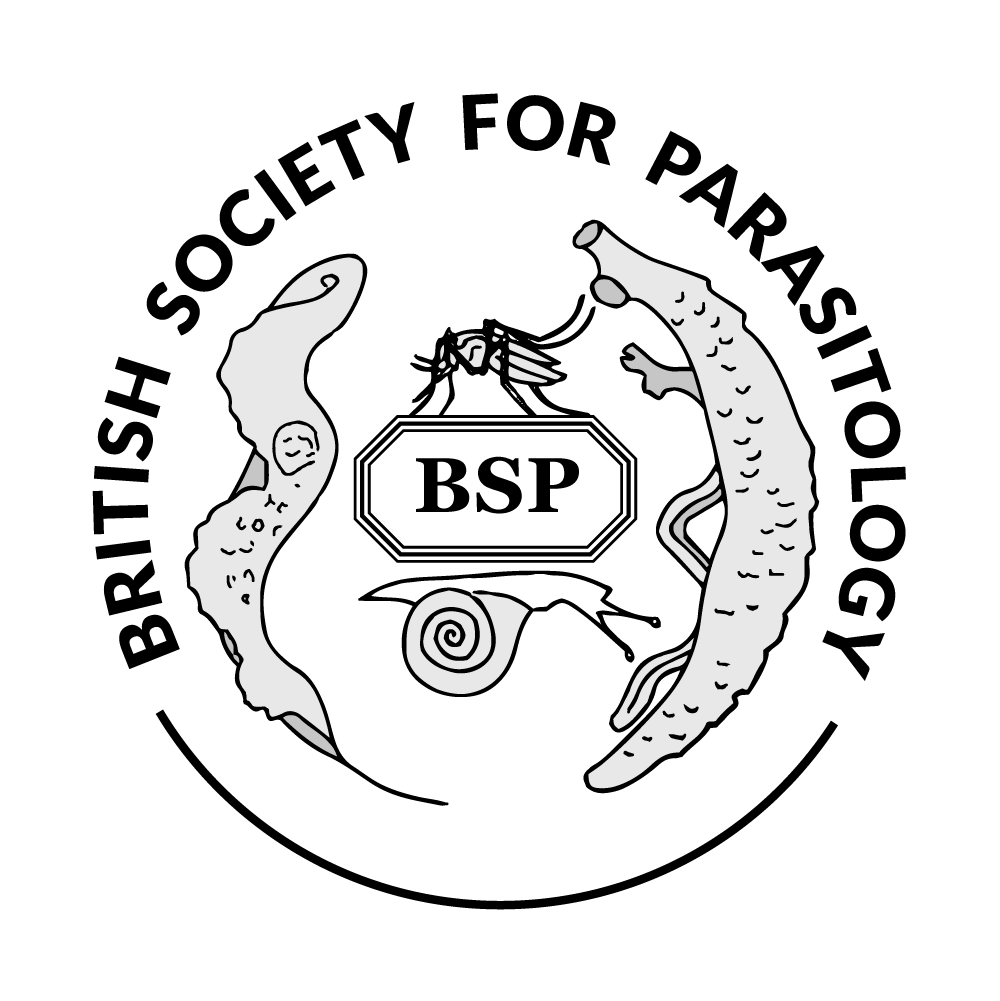

We have studied a population of feral mice on the Isle of May, Scotland, which, being the same species as the lab model mouse (Mus musculus), means that sophisticated immunophenotyping techniques could be transferred directly to the wild animals. We have applied lab-developed assays to assess the immune function of naturally infected individuals in the wild, where factors including genetic diversity, food supply, climatic variation, competition and coinfection are all likely to have some impact on the level and nature of any induced immune response. We have discovered that these mice are naturally infected with a variety of parasites, including two regularly-occurring helminths, Trichuris muris and Syphacia obveolata, and at least two blood-borne microparasites, Bartonella sp. and Babesia sp. Cross-sectional assessment of parasite prevalence and burden was compared with immune gene expression levels measured through qPCR and bioplex assays. Although observed immune responses are in part in agreement with theory developed through lab assays, there is predictably a much greater degree of variation, involving a complex network of interactions between dynamic environmental factors. Assessment of the precise mechanisms and costs of parasitic infection in wild populations is crucial when considering questions of conservation and public health.